Sinus Infection, the Flu and the Common Cold: Know the Difference
Sniffles, sneezes and sore throats are all common signs of colds, sinus infections and the flu. These diseases affect millions of Americans each year. In fact:
- According to the Centers for Disease Control, Americans have an average of two to three colds a year. Children often have more.
- More than 12,000 people die each year due to complications from the flu.
- More than 29 million Americans have sinus infections (also called sinusitis) or sinus-related problems each year.
Treating these conditions is challenging enough, but because they have so many similar symptoms, how can you tell them apart? Knowing the difference is important because it can determine the best course of treatment and home care strategies.
We’ve provided this handy guide to help you. First, we look at the common symptoms of each illness and then examine the distinct differences between them.
What are the symptoms of a sinus infection?
Symptoms of a sinus infection include:
- Nasal congestion
- Pain and swelling around the eyes, cheeks, nose or forehead
- Pain that gets worse when leaning or bending over
- Yellow or green discharge
- Headache
- Earache or sense of pressure in the ear
- Bad breath
- Fatigue
- Fever
Chronic sinus problems are often caused by allergens although sometimes they may be caused by structural problems within the nose.
What are the symptoms of the common cold?
Cold symptoms include:
- Sore throat
- Sneezing
- Watery eyes
- Runny nose
- Headaches
- Coughing
- Body aches
There is no cure for the common cold, and unless you have a compromised immune system, you should fully recover within 7 to 10 days.
What are the symptoms of the flu?
Flu symptoms include:
- Chills
- Cough
- Fever (although some with the flu will not have a fever)
- Runny nose
- Fatigue
- Muscle and body aches
How can you tell the difference between a sinus infection, the flu and the common cold?
You can examine the following principles to help you determine the differences among these common conditions.
1. ARRIVAL OF SYMPTOMS
Colds and sinus infections tend to build up and develop over time. The flu can develop within a few hours.
2. LENGTH OF SYMPTOMS
Sinus infections can last for more than a week. A cold will usually “peak” after three to five days before showing improvement. A reasonably healthy person will recover from the flu within two weeks.
3. FACIAL PAIN OR PRESSURE
Pain and pressure, particularly around the eyes, is indicative of a sinus infection.
4. FEVER
A fever is typical of the flu or a sinus infection. Colds do not produce a fever.
5. SWEATS/ CHILLS
Sweats and chills are indicative of the flu.
6. NASAL DISCHARGE
Sometimes the color of the nasal discharge gives a hint at the underlying problem. Clear mucus signifies a cold, while yellow or green indicates a sinus infection.
Symptoms that require immediate attention
Regardless of whether you have a sinus infection, a cold or the flu, if you are experiencing any of the following symptoms, you should contact your doctor as soon as possible:
- A severe, unrelenting headache
- High fever
- Confusion
- Double vision
- Stiff neck
The most reliable way to tell the difference between a cold, sinus infection and the flu
Only your local ENT can make an accurate diagnosis. At Raleigh Capitol Ear, Nose and Throat, we’ve been treating patients for more than 40 years, and we’ll be glad to give you guidance and tailor a treatment plan just for you.
Some useful information about sinus problems
If you’ve had chronic sinus and allergy problems, you may find the following articles helpful:
Four Causes of Chronic Sinus Problems
Three Things You Need to Know About Sinus Infections




